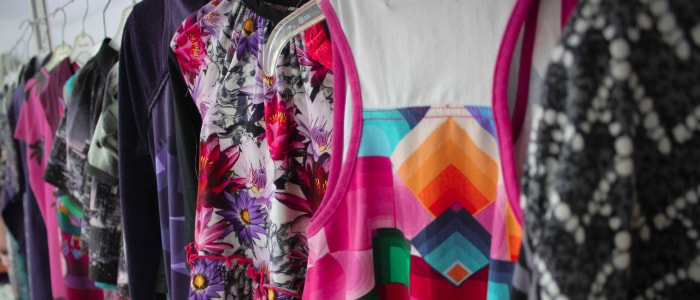
Subam Tex Draw based at Tiruppur, the Garment City of India, is one of the leading digital textile printing service provider. The experience of our extremely knowledgeable team allows us to successfully undertake digital textile printing jobs for almost all kind of fabrics. The process guidance provided by our mentors Mr. Ramasamy and Mr. Srinivasan, helps us in successfully understanding and meeting the specific needs of our clients.
Today, our consistent quality, flexible working hours, affordable rates & customer oriented business approach makes us one of the leading service providers in our industry sector. Our team of experts also have with them the ability to offer personalized attention to each given project, thus assuring complete client satisfaction.
Unlike Traditional printing techniques (like Rotary & Screen printing) there is no limitation on number of colors as with this printing technique any number of colors can be printed on fabrics There is no limitation on repeat size as in case of traditional printing methods.
It offers faster processing speed where everything that is required in the print can be prepared on computer digitally High Precision printing is possible, which is usually a drawback with other forms of printing Overall cost of producing a sample is cheaper in comparison to other form of printing Printing can be done on 100 % Cotton fabric and Cotton Lycra, Cotton Viscose blended fabric both Knitted and Woven.
This technology uses large format digital inkjet printers. Practically it is the same technique used by desk top inkjet printers to print paper. This method enables direct printing on pretreated cotton fabric or blended fabrics using reactive printing and post-treatment heating in order to achieve the highest quality and bright vivid colours.
Uninterrupted Ink Supply System (UISS) makes it possible When one ink cartridge runs out, another cartridge of the same colour begins supplying ink. A maximum of 1760 ml ink per colour can be loaded at once. Ink cartridges can be changed during printing and unattended overnight which makes continuous printing a possible one.